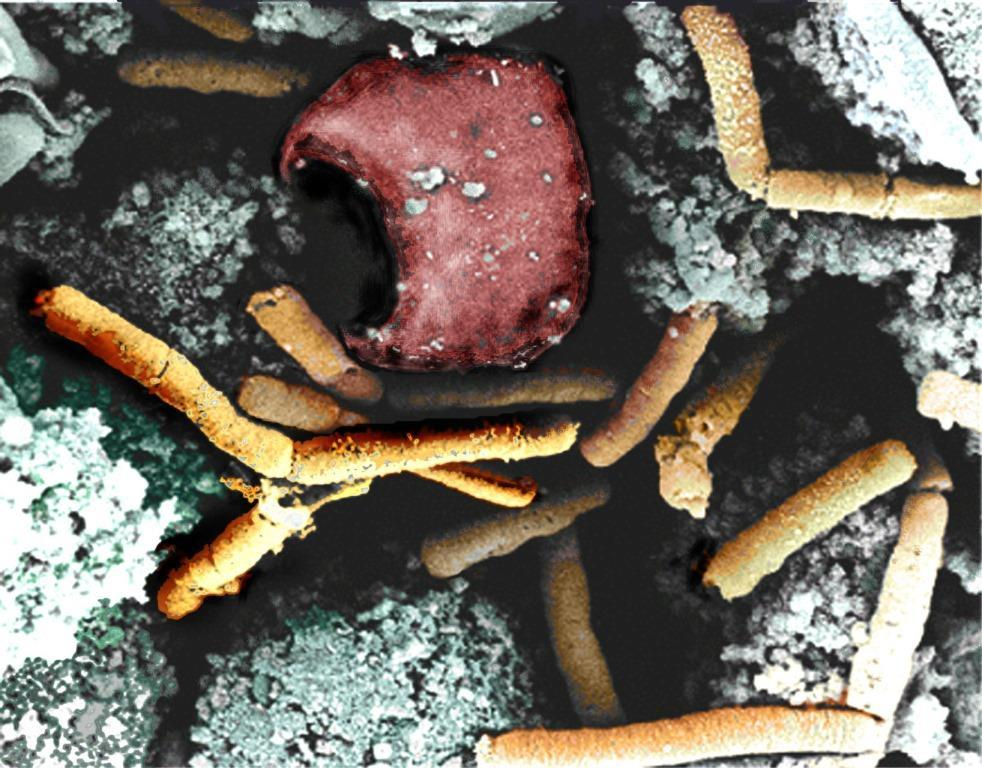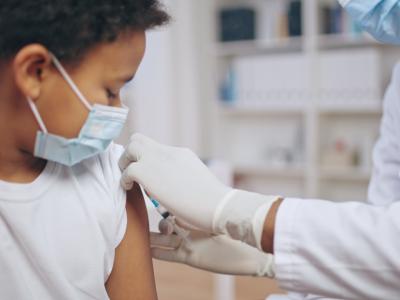
The US Centers for Disease Control and Prevention (CDC) has updated its recommendations for the postexposure prevention and treatment of Bacillus anthracis infection (anthrax).
The CDC based the updates on systematic reviews of studies involving in vitro antimicrobial drug activity against B anthracis, in vivo antimicrobial drug efficacy for postexposure prevention and treatment, in vivo and human antitoxin efficacy for prevention or treatment, and survival after antimicrobial drug prevention and treatment of localized anthrax, systemic anthrax, and anthrax meningitis.
Expanded list of alternative drugs
The updates to the 2014 guidelines on naturally occurring anthrax, published today in Morbidity and Mortality Weekly Report, include an expanded list of alternative antimicrobial drugs to use if first-line drugs are contraindicated, not tolerated, depleted, or ineffective after a bioterroristic release of aerosolized B anthracis or a multidrug-resistant genetically engineered strain of the bacterium.
The updated guidelines in this report can be used by health care providers to prevent and treat anthrax and guide emergency preparedness officials and planners as they develop and update plans for a wide-area aerosol release of B. anthracis.
The CDC also issued new recommendations on the diagnosis and treatment of anthrax meningitis and its comorbid, social, and clinical predictors.
No changes were made to previously published CDC recommendations describing critical care measures and clinical assessment tools or procedures for anthrax or to Advisory Committee on Immunization Practices recommendations for the use of anthrax vaccine.
"The updated guidelines in this report can be used by health care providers to prevent and treat anthrax and guide emergency preparedness officials and planners as they develop and update plans for a wide-area aerosol release of B. anthracis," the study authors wrote.















